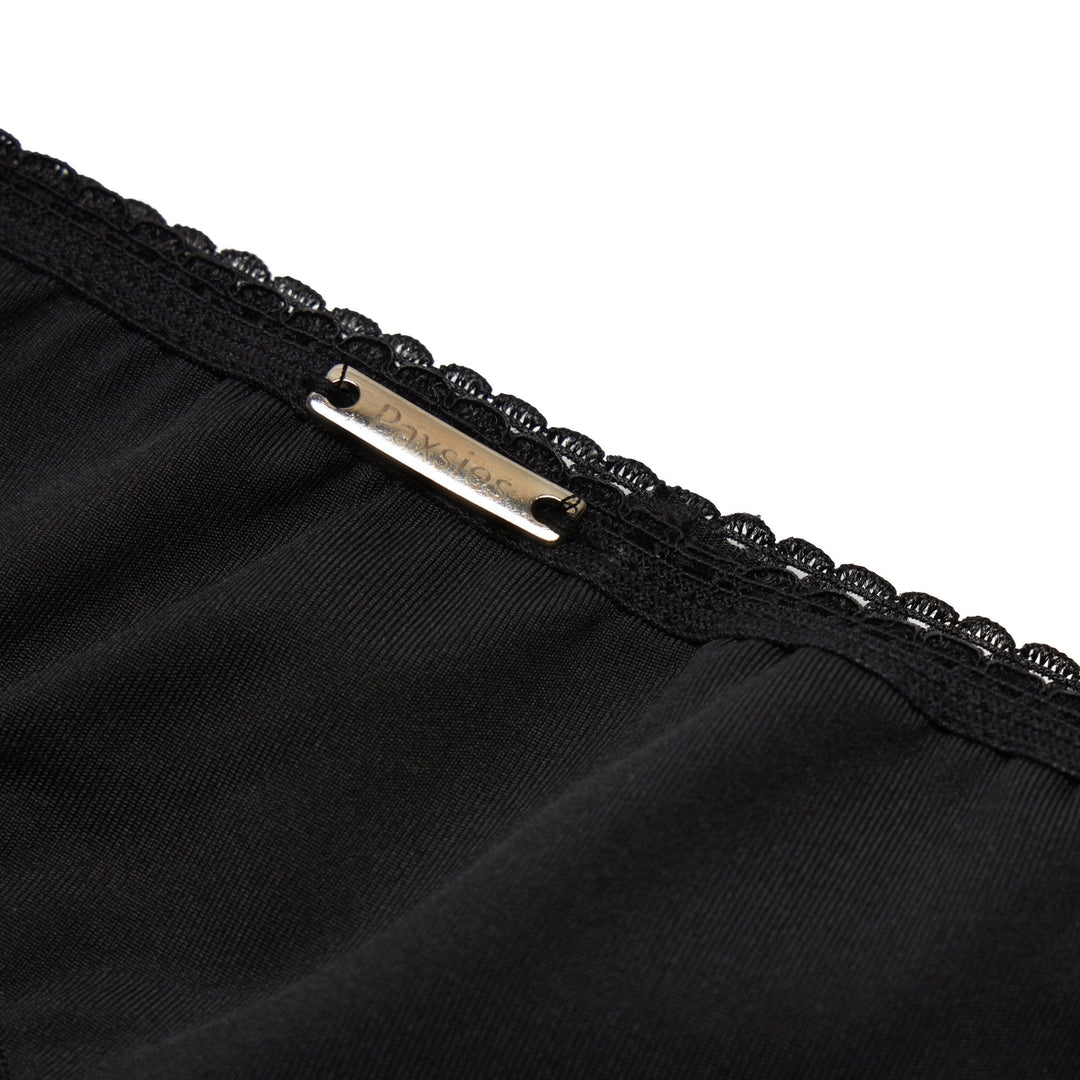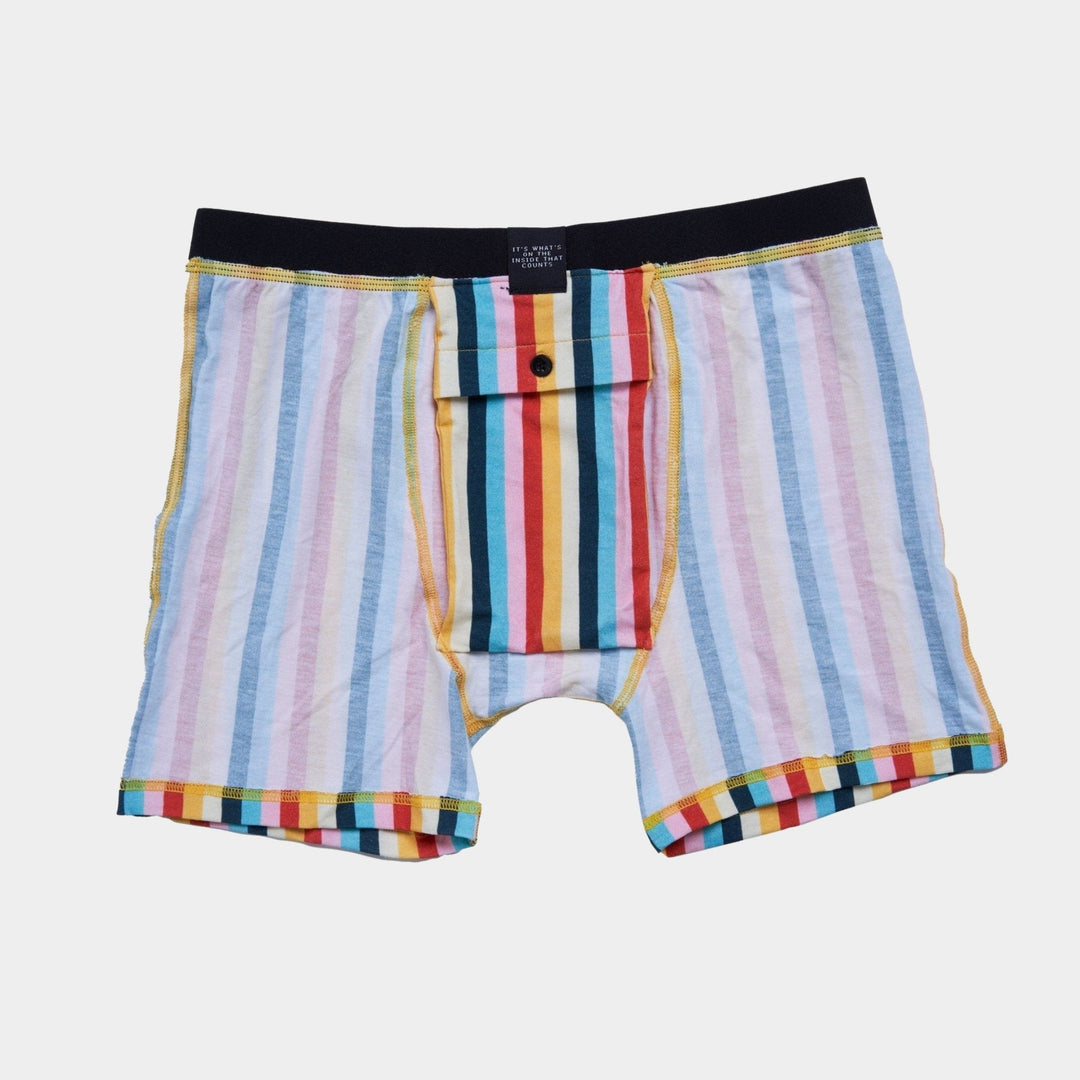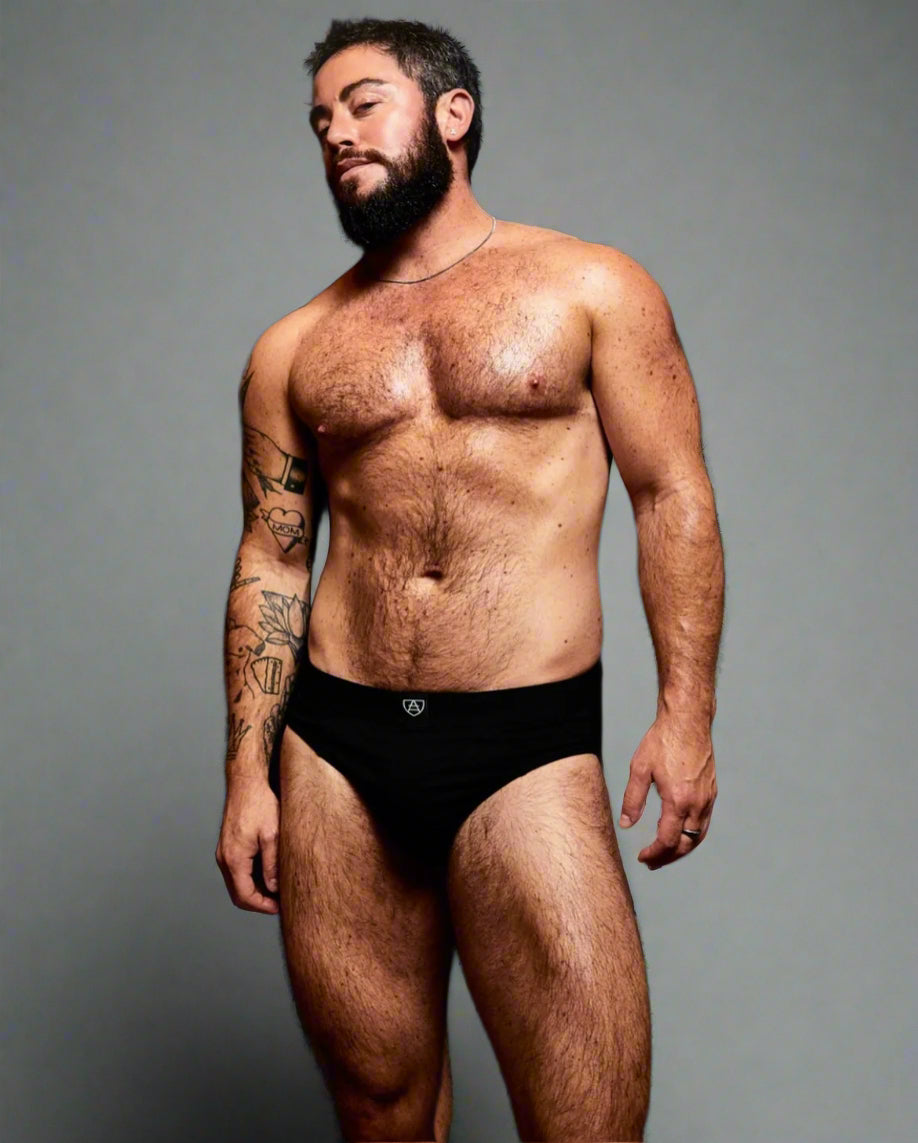Dutch Documentary The Hormone Revolution
Today we will take a closer look at the Dutch documentary “Hormoonrevolutie”, Hormone Revolution in English. This 40-minute documentary follows 4 different people and their unique relationship to their hormones. The documentary was created by De Transketeers in collaboration with the VPRO and narrated by none other than Dutch non-binary actor Thorn de Vries. De Transketeers is a group of enthusiastic queer people who make documentaries, educational videos, and web/TV shows. With their work, they strive for a better understanding of social issues, create a more inclusive society, and connect people.
Brief Summary
The documentary focuses on the lives of Sharan Bala (she/they), Max Moszkowicz (he), Ryan Ramharak (they), and Savannah Wolin (she). Sharan is an intersex activist who also identifies with the queer community. Max is a cisgender man, father, and director. Ryan is a non-binary person who is the proud baba of Ravi, their child. Savannah is a young trans woman who is a college student at the start of her life. Each of them has their own personal story to tell how their hormones influence their everyday life and identities.
From the get-go, the documentary shows us how hormones affect everyone. There is this misconception or idea that this is only an issue for transgender and intersex people. But all people have hormones and are thus, quite logically, influenced by them. As Max sums up: “It influences your mood, your psyche, your libido, your metabolism.
Sex, gender identity & expression
First, a brief recap of a few basic definitions! Remember that these are the bare basics and will not cover the nuance and broad diversity within each definition and concept.
Sex refers to someone’s genitals, their internal reproduction system, and their sex hormones.
While some people like to argue there are only 2 sexes because of the XY and XX chromosomes, I have to disappoint you but it’s more complicated than that. There are many sex chromosome variants that are perfectly normal. Intersex people may have a chromosome makeup different than the aforementioned combinations.
‘Gender’ is what we socially and culturally assign to what it means to be a man/masculine and woman/feminine.
Gender identity is your personal experience with gender, and how you feel and identify on the inside.
Gender expression is the way how you dress, act, etc. Your gender expression doesn’t have to match your gender identity. For example, you can be a guy but present feminine.
Gender identity & expression
All four participants have a different experience with their gender identity and expression. They form a great example of how diverse people can be and that your gender identity doesn’t always seem to align with the perceived gender expression.
Sharan shares how she has a complex relationship with her gender identity and body as an intersex person. Their body doesn’t adhere to the stereotypical image of a woman or man. And while they are intersex, through hormones Sharan has become feminine presenting in her expression.
Ryan is a non-binary person with a beard. While this is often an aspect related to men, Ryan is not a man. They are a non-binary person with a non-binary beard and body. From an early age, Ryan realized they didn’t fit into the box of ‘woman’, but due to religious conflict, this was an identity they had to hide from others.
Max is a cisgender man and he also describes himself as a ‘man man’. He presents as masculine to the outside and he likes masculine things such as sports and being a father to his son. After the birth of his child, Max had a mental drop, which in the end turned out to be due to a hormonal imbalance.
Savannah knew, just like Ryan, from an early age that she didn’t quite fit in with the other kids her age. She didn’t fit in with the boys. She viewed herself as a part of the family that was neither boy nor girl. Only later in life, did she begin to present more feminine. For a period, she identified as non-binary, as seen in the Dutch docu-series Hij, Zij, Hen.
Hormones
Sharan, through medical interventions, had to start using hormones at an early age. It made her body turn more feminine.
Ryan has taken testosterone hormones and undergone top surgery to become the person they want to be: a non-binary person with a flat chest and a beard. They needed to go on hormones to be able to be happy again, to experience gender euphoria. For Ryan, hormones saved their literal life and made them more stable. Once they realized they wanted kids of their own, Ryan had to go off testosterone for a while to start their cycles again. This offset of hormones had made this period in their life, quite tumultuous.
Due to a hormone imbalance, Max experienced an energy drop and significant mood changes as well. After a medical exam, he was informed that his testosterone levels were too low. Since then, he has started using Androgel to keep his testosterone levels up and healthy. It has greatly increased his energy levels and he feels happier again than before.
Savannah is, at the time of making the documentary, waiting to start taking estrogen to get a more feminine body. At the same time, she will be taking testosterone blockers to keep her body from developing more masculine traits.
Bodily autonomy
In the current social climate, there are often arguments made against the bodily autonomy of trans people. There is endless medical gatekeeping, preventing trans and non-binary people from getting the life-saving healthcare and hormones they need. Ironically, in this documentary, we also see that while trans people experience many barriers in receiving healthcare, cis people have easier access to hormone therapy and intersex people have their bodily autonomy ripped from them almost as early as their birth.
Sharan says that at their birth, their parents were told she had male gonads that were underdeveloped. Doctors told them that it would be risky to keep said gonads due to risks of cancer so they had been surgically removed. Due to the removal of Sharan’s gonads, she is no longer able to produce hormones on her own. This has led to the usage of hormone therapy to bring Sharan into puberty. Looking back, Sharan realizes that there was little proof of those risks. She suspects this medical intrusion was done, only for cosmetic reasons to assimilate her to the gender binary. In 2018 the Netherlands have been called out on their mistreatment of intersex children.
Being non-binary in a binary-constructed world
Sharan, Ryan and Savannah show us how society heavily genders our world. You have to be either a man or a woman. Both in identity as expression. People who do not conform, are forced to adhere to the gender binary norm. This happens from an early age as both Sharan and Savannah experienced. Savannah didn’t feel like a boy or a girl, only after her environment began telling her she was a boy. Sharan had even less choice due to nonconsensual surgeries being performed on her body at an early age.
Ryan is a non-binary parent, lovingly calling themselves ‘baba’ but their journey is not convenient to the usual pregnancy narrative. Society still associates this life-changing event as something only for cisgender women. This image erases the lived experiences of trans men, often nicknamed seahorse dads and non-binary people like Ryan.
In another Dutch documentary Ryan is zwanger (Ryan is pregnant) Ryan details their journey as a pregnant person in a gendered healthcare system.
Community support
It’s important to remember the importance of community support which was showcased here as well. Sharan finds strength in the LGBTQ and intersex communities. Savannah was seen bonding with older trans women of color over their shared experience as Black, trans women. Max has his son with whom he shares a great connection and Ryan has their caring partner and their child.
Beautiful camera work
Finally, we like to compliment the Transketeers on their cinematography. There are beautiful wide shots of the environment and intimate imagery of the wonderful people portrayed. It shows them as proud, individuals with an important message to tell.
This documentary portrays them as humans, each with their own lives, dreams, and hopes. While the focus is of course the influence of hormones, there are no voyeuristic shots or framing that feels fetishizing. It’s a well-shot documentary to create empathy, normalize diversity and celebrate said diversity.






